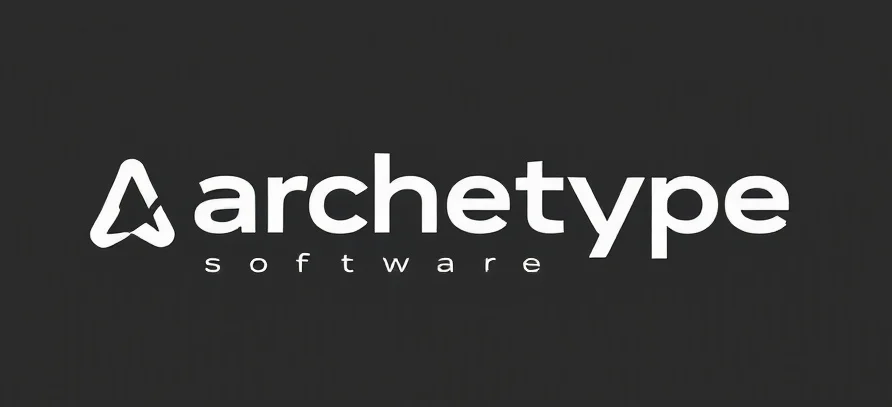Exploring the World of Muzzle Sleeping Strips for Kids: Alternatives and Insights
Hey there, fellow tech and parenting enthusiasts! Today, I want to take you on a little journey—imagine a world where peaceful nights are possible, even for our most energetic little explorers. If you’ve ever struggled with keeping your kiddo’s mouth closed during sleep, you might have stumbled upon muzzle sleeping strips for kids medium hold 30 count alternatives. These innovative strips promise a gentle solution to promote nasal breathing, but like any good sci-fi story, the universe of sleep aids is vast and full of options. Today, let’s chart a course through these alternatives, understanding their story, science, and how they may fit into your nightly routine.
The Nightly Challenge: Why Breathing Matters
Picture this: your child, full of energy during the day, suddenly has trouble sleeping peacefully at night. Snoring, mouth breathing, and restless tossing can turn your peaceful evenings into a saga of frustration. It turns out that nasal breathing isn’t just about comfort—it’s a cornerstone of good health. When kids breathe through their noses, they get cleaner, warmer air, which helps filter out irritants and maintain optimal oxygen levels. Conversely, mouth breathing can lead to dry mouth, disrupted sleep, and even developmental issues over time.
That’s where tools like muzzle sleeping strips come into play. They’re designed to gently encourage nasal breathing by keeping the mouth closed during sleep, offering a non-invasive solution that’s both simple and effective. If you’re exploring options, you might come across the muzzle sleeping strips for kids medium hold 30 count alternatives. These alternatives are part of a growing market of sleep aids that seek to improve sleep quality without resorting to medications or heavy-duty devices.
Beyond Muzzle Strips: A World of Options
1. Nasal Breathing Aids
Imagine a device that gently pries open your child’s nostrils or applies slight pressure to promote nasal airflow. Nasal dilators and strips are popular choices. They’re like tiny space helmets for noses—designed to enhance airflow and reduce snoring. Some kids find these comfortable, and they’re often a first step for parents seeking non-invasive solutions.
2. Oral Appliances and Tongue Stabilizers
For children whose sleep issues stem from tongue positioning or oral muscle tone, oral appliances can act like a sci-fi gadget that gently holds the tongue in place, preventing mouth breathing. These are custom-made devices, often fitted by dentists specializing in sleep medicine, and can significantly improve breathing patterns.
3. Lifestyle and Environmental Changes
Sometimes, the simplest solutions pack the most punch. Ensuring your child’s sleeping environment is free of allergens, using humidifiers, and establishing bedtime routines can make a world of difference. Think of it as upgrading your spaceship’s environment for optimal performance.
Choosing the Right Alternative: What to Consider
When exploring options, consider your child’s age, comfort, and specific sleep issues. Some devices require a bit of familiarity and patience—like training a new crew member—while others are more straightforward. For example, muzzle sleeping strips are favored for their simplicity and gentle hold, making them suitable for many kids. But if your child has allergies or sensitive skin, you might look into hypoallergenic or adjustable options.
The Future of Sleep Aids: Combining Tech and Care
Imagine a future where smart sleep aids monitor breathing patterns in real-time, adjusting their support dynamically—kind of like a sci-fi spaceship’s autopilot. While we aren’t quite there yet, the current landscape is rapidly evolving. Companies are increasingly offering customizable, comfortable options that work seamlessly into bedtime routines, giving parents peace of mind and children restful nights.
Final Thoughts: Finding Your Child’s Sleep Solution
Every child is unique, and what works for one might not work for another. The key is to approach sleep challenges with patience and an open mind—think of it as debugging a complex system. Whether you opt for muzzle sleeping strips, nasal dilators, or lifestyle tweaks, the goal remains the same: helping our little explorers breathe easier and sleep better. After all, a good night’s sleep fuels their adventures tomorrow.
Checkout ProductScope AI’s Studio (and get 200 free studio credits)
